The concept phase of development is the most critical stage in creating a new product. During this phase, you have the most freedom to play with ideas, backtrack if you don’t like something, or just plain move in a new direction.
In fact, the concept design may be the only chance you have to completely start from scratch if you think you can do better on a product. Ask the product design company to freeze forward progress and start from scratch when a product is ready to launch, and you better have a very good reason for calling the product off. Most of the time, nothing short of a fatal safety issue will stop a product at the final stages.
At the concept phase, however, you are free to look at an idea, measure it, and then discard it if you think you can come up with something better. This flexibility makes concepts one of the most important, and also one of the most flexible, stages of production.
Because of the importance of this phase, it’s also your best chance at optimizing the rest of the product phases, so improving the quality of your concept phase is the simplest and easiest way to improve your product overall.
Understanding Concept Design
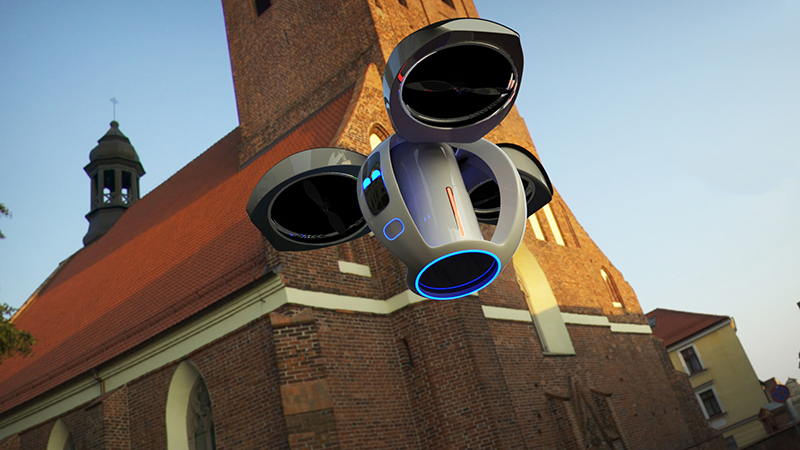
Concept design is your first initial thought on a potential new product. It’s a detailed brainstorm that takes part before official renderings or certainly anything like a prototype come to be. The concept design process is unique because there are no designs that have come before it.
In almost every other sort of design, a concept design service will start with a previous example and move forward from there. It’s one thing to make improvements on a cellphone, or a DVD player, or even a baby toy. It’s completely different to sweep all these existing items off the table and imagine something entirely new.
This is where we get amazing new inventions, such as faux meat companies like Beyond Burgers or Impossible Burgers, who completely rethought veggie burgers in a new way. By not starting with your usual bean patty and instead asking themselves the question, “How can we make a plant burger taste just like the real thing?” they were able to break through the omnivore barrier and get meat eaters interested in fake meat too.
Concept design can be rewarding, but it’s also tough. It’s hard to imagine something brand new that has never been created before, and on top of that, find a way to do it. Changing the font or style of a product, changing its color, or adding a feature or two do not count as concept design. These alterations don’t affect the design at its core, only at a superficial level. A concept design is deeper than this.
Imagine the difference between a computer and the first laptop, and you can see concept design at its core. Although they set out to make a computer, the concept of a mobile computer that can easily be stored and used on the go was revolutionary.
A CAD service may use a mood board to help collect ideas for how the product should look and feel. They may pose a question such as, “What sort of problem would our company like to solve?”
These questions can help pave the way for a potentially lucrative new technology, a greatly needed new product, and of course, all the profits that go along with it. Learning how to make the most of your concept design can change the fate of a company. It’s vital for designers to do their best to make their concept designs genuinely visionary.
What Is the Current State of Concept Design?
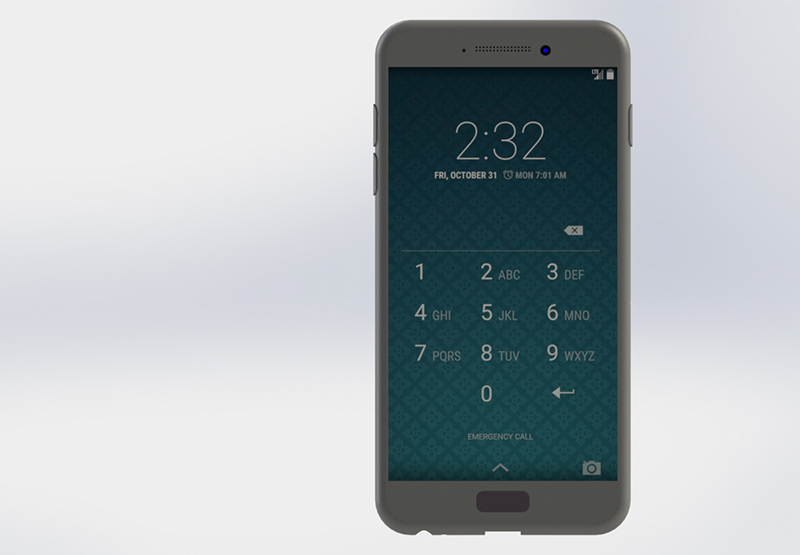
Concept design is currently being studied by researchers as one of the best potential places to save money in the production process. The concept phase is special because it is one of the most comfortable places to make changes and test for product issues.
A poor product design is detrimental to the company in a variety of ways. It can stall the testing process, require several design phases to try and fix the issues, and may have to be scrapped altogether.
If the product somehow makes it into production, the product is doomed to fail. Disappointed customers may leave plenty of poor reviews expressing their displeasure, boycott the company, or refuse to buy any product from them because of the poor quality they associated with that product.
On the other hand, a great product that dazzles customers can launch a company and keep it running. One example of a hugely successful launch is Apple’s iPhone. The iPhone hit stores to great success and immediately changed consumer’s expectations of what a cell phone could be.
Even today, over a decade later, the Apple iPhone’s share of the market is ever increasing, currently holding 44% of the market. That’s an incredible market share for a single type of phone.
Another simpler but still wildly successful product launch was the Rubik’s Cube. Launched in 1980, this toy is still popular today. Customer’s loved the fact that a toy was available that wasn’t merely a doll or a truck, but a puzzle that could fascinate and amaze for hours on end.
These are examples of strong products, but what do they mean for a concept designer? Imagine being the CAD design service in charge of creating a new product, with the question, “How can we make a phone that’s better than any other phone?”
Although you may not be creating a phone or a toy, you probably are setting out to make a product that will change the world. During the concept phase, you have the most power to control the outcome of the product.
Up until recently, many companies hurried through the concept phase as simply a means to an end. Get an idea, dream up what it will look like, and get to testing. That method did speed up production, but with unpredictable costs in terms of whether a product would do well or not.
Alongside some of these amazing products have also been some pretty amazing flops. The Apple Newton MessagePad was meant to be the first mobile tablet. Reviewers at first liked the product because of its capabilities and its flashy design, but it was quickly mocked for being a glorified notebook that didn’t work correctly half the time.
With the market now crowded with competitors, big mistakes can be fatal to a company. It’s simply too easy to switch to another product when there are dozens to choose from. Businesses of all sizes are beginning to realize this and are looking for any way they can avoid being the next big flop.
It’s no surprise then that concept has become the major focus of companies. Instead of rushing through the process, companies have begun to take their time at this stage, using planning and preparation to pave the way for more successful products.
Because of this trend, consumer product design has become more critical than ever. Big business has seen the value of what a great concept design can do for the rest of production and are responding with more generous deadlines and better responses to concepts. If you’ve always thought that you could take a concept farther if you just had more time to work on it, now is your ideal time to flourish.
How Can You Make the Most out of Your Design?
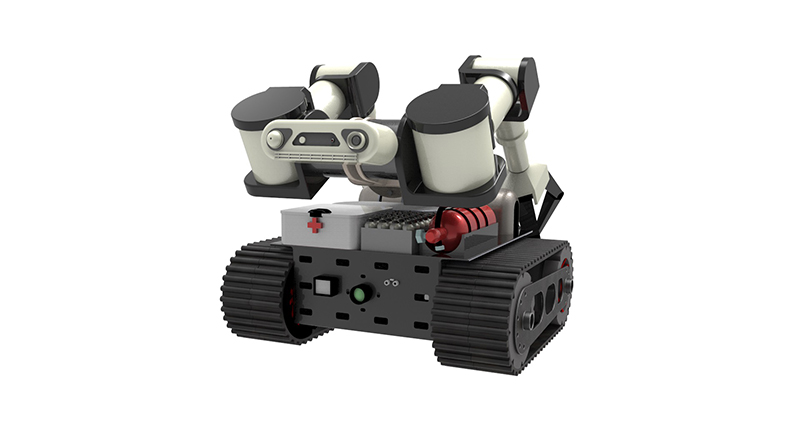
Getting the most out of your concept design is easier said than done. After all, there is no set process for creating something new. There are, however, several techniques you can utilize to help improve the quality of your concepts and to help you grow as much as possible using this technique.
1. Try First Principles Thinking
First principles are ideas that stand by themselves. As we talked about earlier, many times, designers who set out to create something new are setting out to create something by analogy. They look at an idea they greatly admire, such as the wildly popular search engine Google, and think to themselves, “I want to create the next Google!”
Someone using First Principles thinking might start out with the desire to build a new search engine, but instead of working off an old model with maybe a few improvements or changes tossed in, a concept designer will start out to do something new. They might say to themselves, “Google has become a giant through doing a great job of finding what people want, but they also create an echo chamber and aren’t very private. What if I could make something that changes that?”
You might eventually get a search engine such as DuckDuckGo, a recently trending engine that is based on privacy.
With First Principles thinking, you need to let go of your previous assumptions. You can’t ignore potential product ideas because they are impossible, but open yourself to all ideas.
2. Artistic Thinking
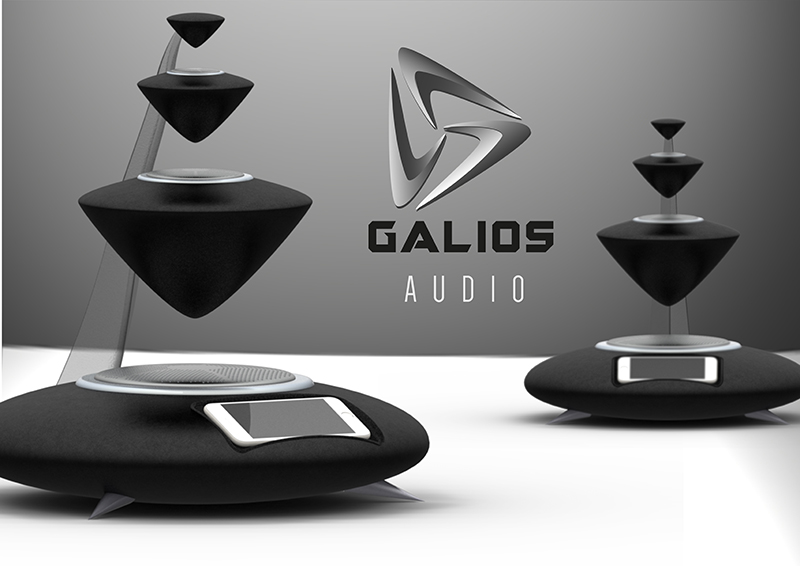
When working on new concepts, consider trying to look at your concept with the view of an artist. Artists can take photographs and make almost identical creations, but they tend to take the next step and look at things in a new way.
A recent display in the Philippines took ordinary plastic trash and re-envisioned it as a lifelike whale, where it was left ‘stranded’ on the coast. The idea of this whale was to draw attention to the amount of plastic in the oceans, and it did a great job of getting people to talk about the problem.
As a product designer, you’re probably not planning to make your product into a work of art, but thinking like an artist can help you think of ways to raise your product above the ordinary and do it in an extraordinary way.
You can use artistic thinking to help you with your own products, generating new ideas for features, and perhaps coming up with the next big thing. When working on a new concept, consider asking yourself questions like, “How would a child solve this issue?”
By changing your perspective a little bit, you may find new answers come more easily. Be wary of making the scope of your question too broad. “How can I make this product?” has so many possibilities that it can overwhelm you and your team members.
By posing specific questions, you also open the way to more creativity. A child is, by its nature, open to more possibilities than an adult and wouldn’t be worried about how possible the idea is.
Don’t be afraid to try more than one perspective; every perspective you can think of will offer you a new way of looking at things.
After all, ask a woman to design a city and it will look completely different than if you asked a man, a child, or a dog lover. A woman might design sidewalks to be more stroller friendly, with more ramps and fewer stairs. A child might make a city more fun with more colors and fun places to go. A dog lover would probably expand parks and make outdoor areas for restaurants commonplace.
Whatever your product is, it will be approached differently depending on who is trying. Looking at these perspectives can be a useful way to help you find the right approach.
3. Try Alternatives
This is the one stage of production where changes are easy and relatively painless to make. Take advantage of this and don’t be satisfied with the first idea that gets more than a few minutes of verbal discussion.
Come up with five or six possible ways to solve the problem you’re working on, and then choose the best of these. Five or six is enough that you will be forced to extend your creativity to come up with new solutions, and to come up with all the obvious solutions with room left over. The last couple of ideas are often your best ones because by then, you are left searching for something more. That “more” may surprise you with how innovative it is.
Alternatives are a great way to help you see the full range of potential in a product and to give yourself the best chance to explore all avenues.
After the concept design phase, backtracking and trying new things is a relatively expensive undertaking. Prototype design services, testing, and manufacturing are all much more expensive to change if they can be changed at all. At best, small adjustments can be made unless testing or prototypes go very poorly.
It’s worth it to spend more time on exploring as many avenues as possible, so you can be confident that the concept you’ve picked is the smartest choice.
4. Think Like a Customer
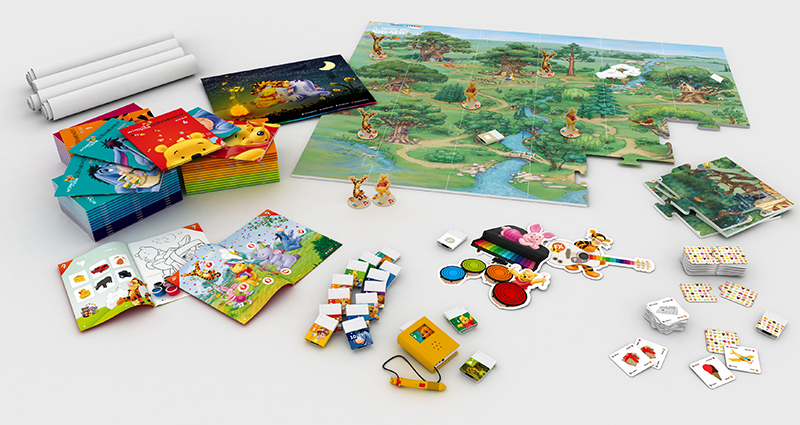
Changing your perspective to be unusual isn’t the only way you can test your concept. How your customer perceives your product is a very important consideration. It’s not just a matter of resolving your customer’s problem. Will this product delight them? What can you do to make this product go above and beyond for the customer, while still being at a price point people are willing to pay?
Thinking this way may help you think about the product in whole new ways. You may know a child would love a drum set that flashes lights, plays music, and lets them bang loudly. Your customer isn’t just the child, however, it’s also the parent. Adding an element of learning to the toy, and a volume control button might be the key to amazing and delighting the parents as well.
Putting yourself in the customer’s shoes is a great way to explore new options, and think about how to make a product better. A good product should be intuitive, easy to assemble or already assembled, look pleasing to the eye, and have features in balance with the price point.
A balance between price and features doesn’t always have to be cheaper either. When a customer is confronted with what appears to be a premium product at rock bottom prices, their question is usually, “What’s wrong with it?”
On the other hand, if it has few features and a steep price, customers won’t think twice before moving on. No one wants to pay double the price for an identical product they can get elsewhere, and they’ll vote with their feet if the product’s price isn’t balanced appropriately with its features.
5. Think Like a Marketer
For a customer to be interested in the product, they’re going to have to know about it. Your marketing team is an essential part of getting a product off the ground, and thinking about their needs in the concept phase is a wonderful way to get the product off to a strong start.
Your product probably has a story to it. An obvious problem the product solves, and a benefit to having that product. Beau and Belle sell a wildly popular swim diaper with their storyline. While there are dozens of swim diapers out there, Beau and Belle offer a swim diaper that grows with the child, keeps poop contained, and looks trendy too.
The benefits of this product are immediate and obvious. How many parents have purchased a bag of swim diapers, used two, and then had the child grow out of that size? Paying for a package you’ll never use is a big problem for many parents.
On top of this, going to a public pool and successfully evacuating the entire pool for the day due to a floater from your child is a nightmare no parent wants to face. Videos of grateful moms telling stories about contained poop tell customers this product works.
When the customer looks at the catalog, they see cute prints such as pineapples or sharks. When babies are often allowed to splash and play in nothing but a diaper, these diapers make doing so fun. While the diaper is more expensive than a pack of diapers at around $20, the cost-saving over time is worth it to customers.
Altogether, this benefit solving and feature-packed diaper has sold over 100,000 diapers. An incredible number for a small business.
These diapers very strongly reflect how good marketing tactics, understanding the problem of the customer, and thinking about what features are most essential for them can help launch a product successfully.
Remember That the Concept Design Is Not the Final Product
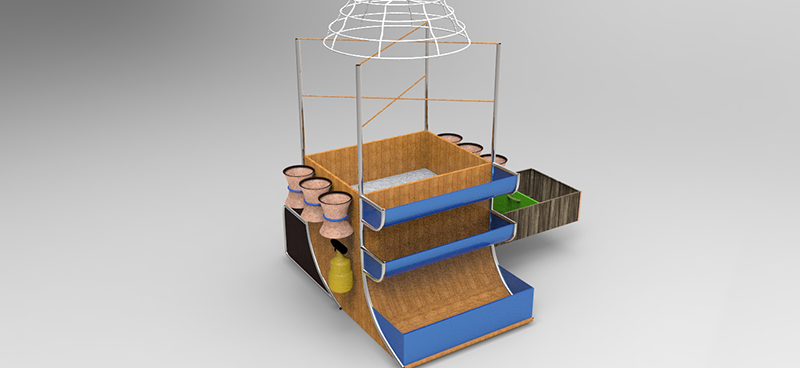
The very beginning of a product is often the most difficult to coalesce. It’s true that the more you do in the concept phase the better. The more problems you can figure out, the more benefits to the product you can make, the stronger the finished product will be.
At the same time, there has to be a balance. It may be that even your very best effort for a concept won’t be usable in that form. It may get to the prototype phase, only to find that it just won’t work in the form it has taken. It may go through testing, only to find a serious safety issue.
The concept is the beginning stage for a reason. It needs to be tested, introduced to a focus group, and checked at every possible angle to make sure it is a product worthy of being mass-produced.
Even the best concept may need to be changed at a later date, but hopefully, your efforts will result in changes that are minor, thus saving the company thousands or even millions over time.
Making your new concept design more effective isn’t going to be easy, but the potential benefits are very rewarding. New technology only comes about when we throw away our old assumptions, focus on a problem, and allow ourselves to take chances.
The next time you have a new design in the making, let your creative side go free and see what you are truly capable of coming up with.
Cad Crowd’s New Concept Design Freelancers Are Here to Help
Would Apple have achieved the same level of success had Steve Jobs worked with someone other than Wozniak? Probably not. That’s because envisioning a new product is one thing, making it a reality is an entirely different thing.
It’s paramount to work with a skilled concept design professional to ensure that your new product idea is functional and its development and production have as few errors as possible. Finding such talent can be a challenge.
Therefore, at Cad Crowd, we aim to connect new product idea masterminds with the best concept design freelancers. We’ve built a database of nearly 25,000 experienced professionals from all over the world to suit any needs and budget.
Ready to find your Wozniak? Learn how Cad Crowd works. You can also launch a design contest and let the best freelance concept design professionals find you.
